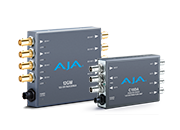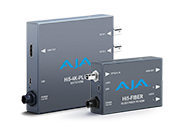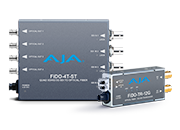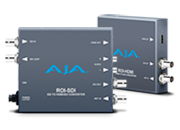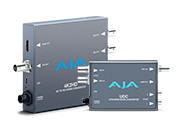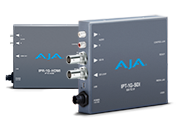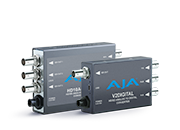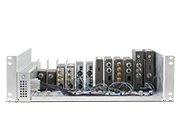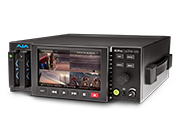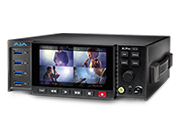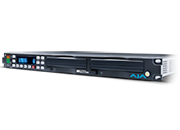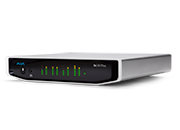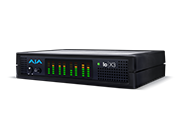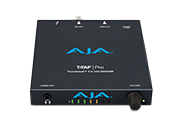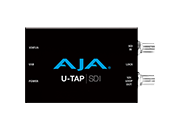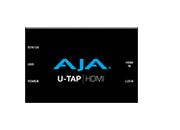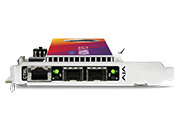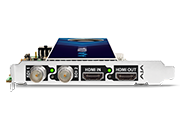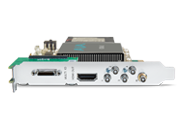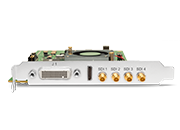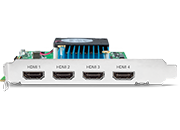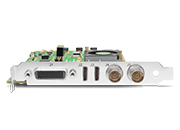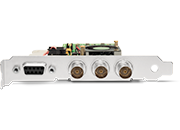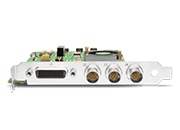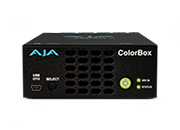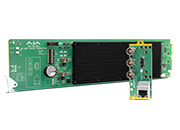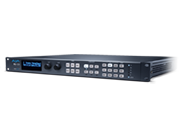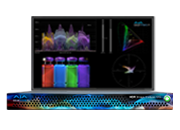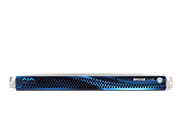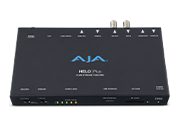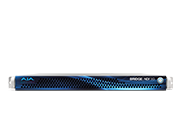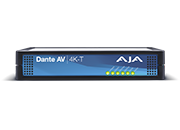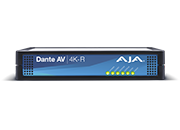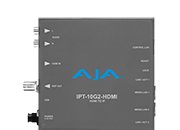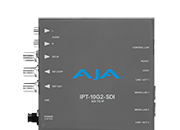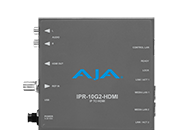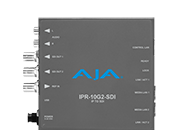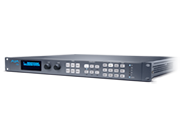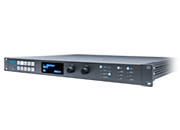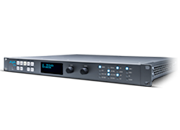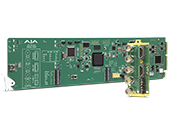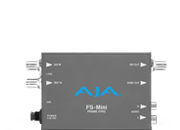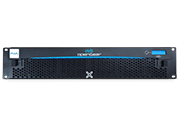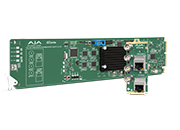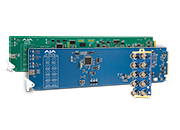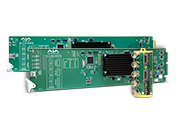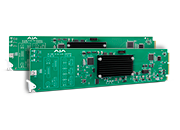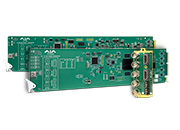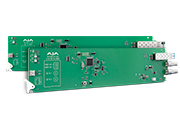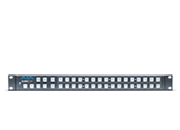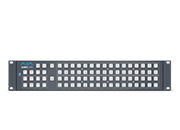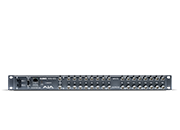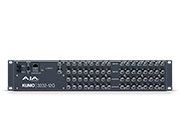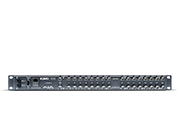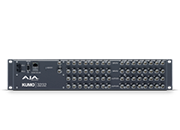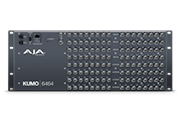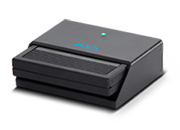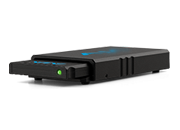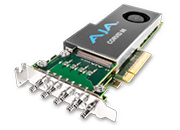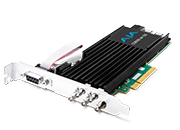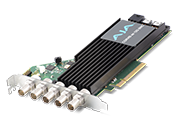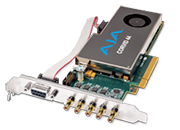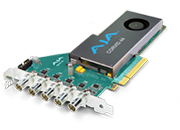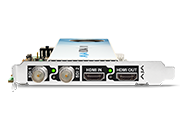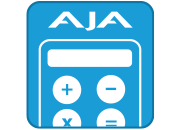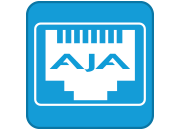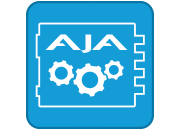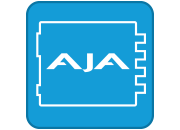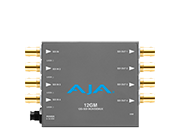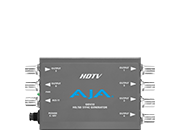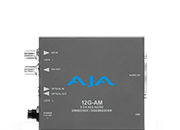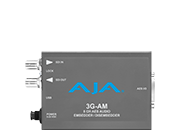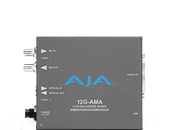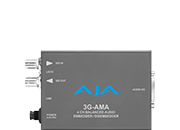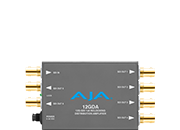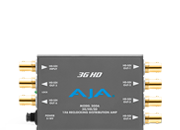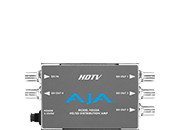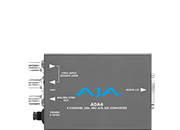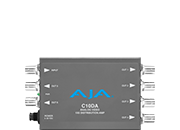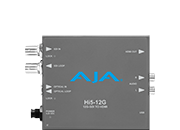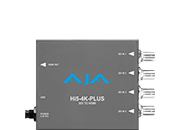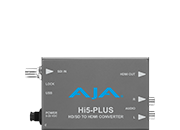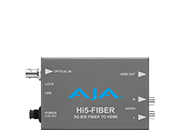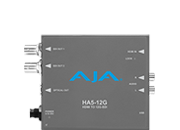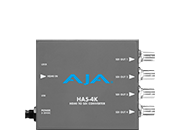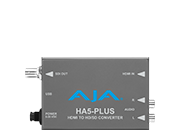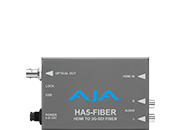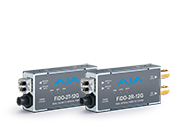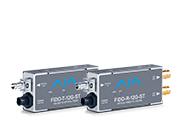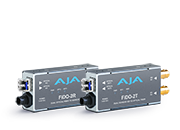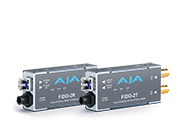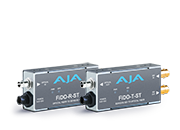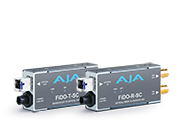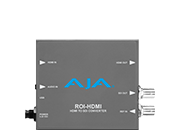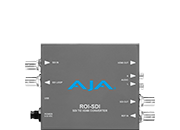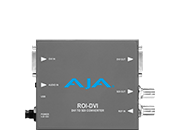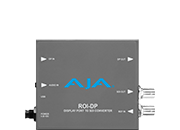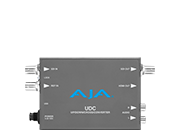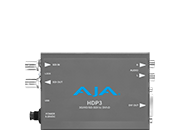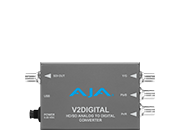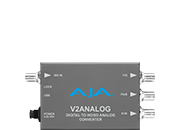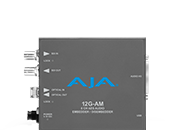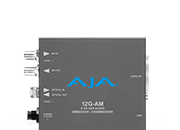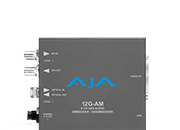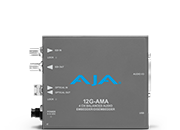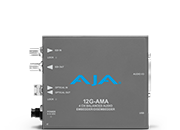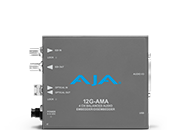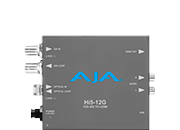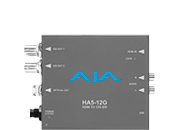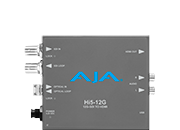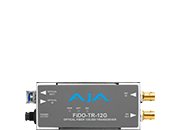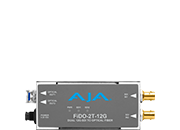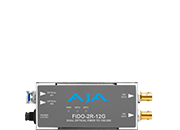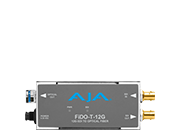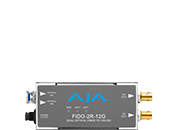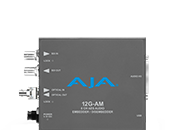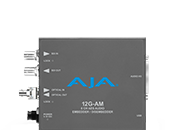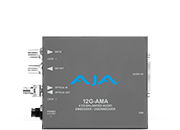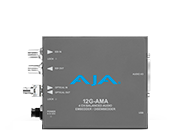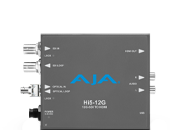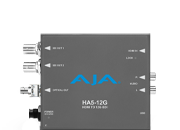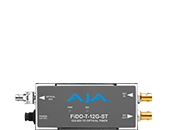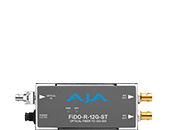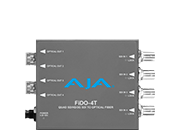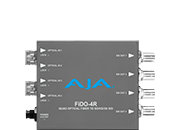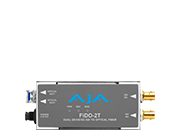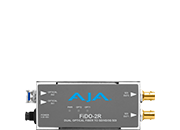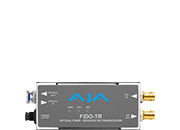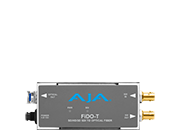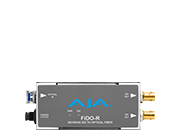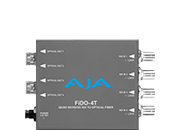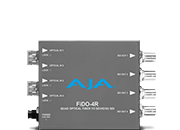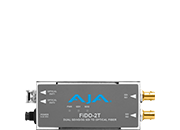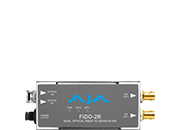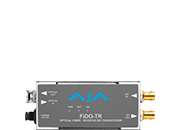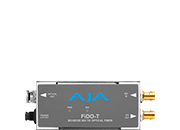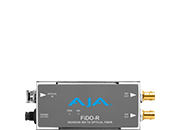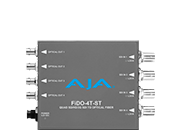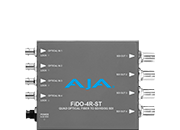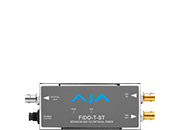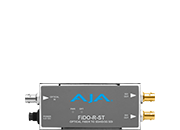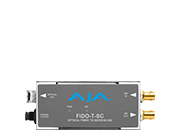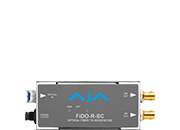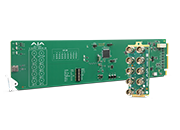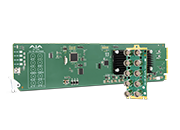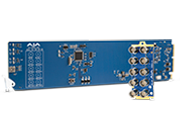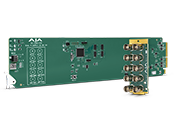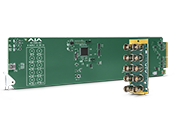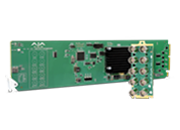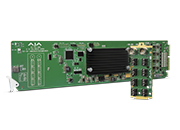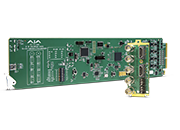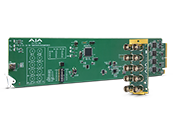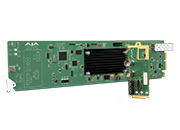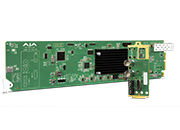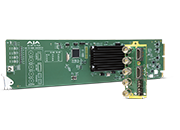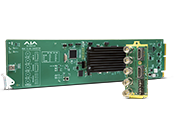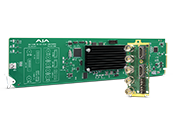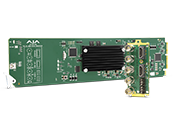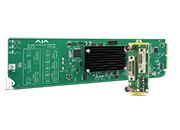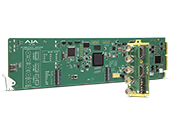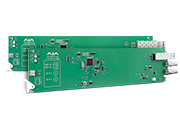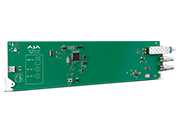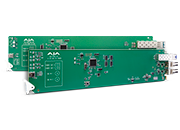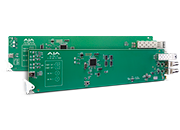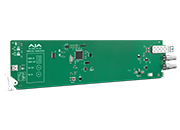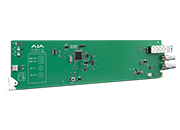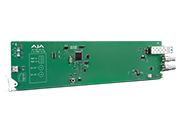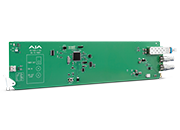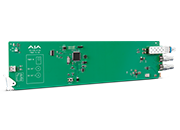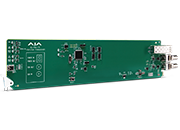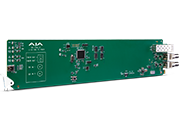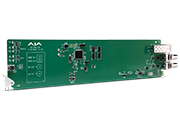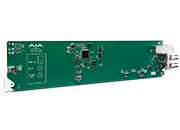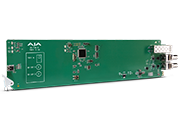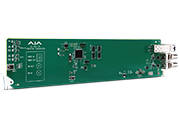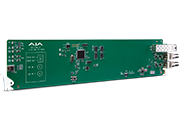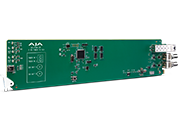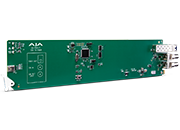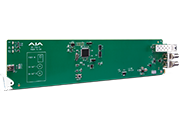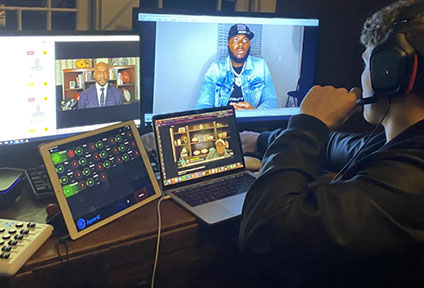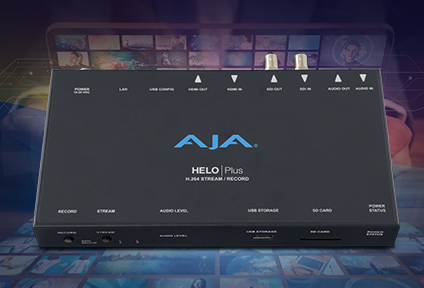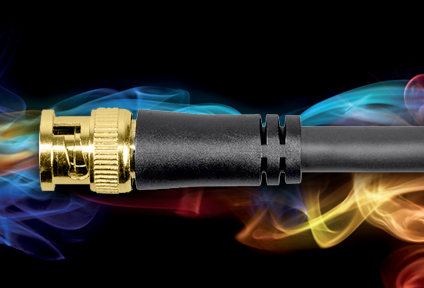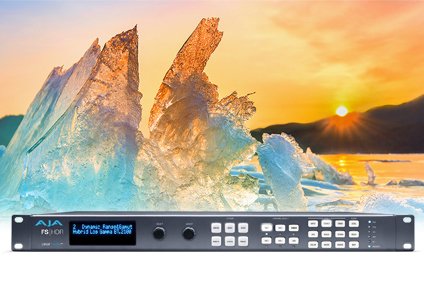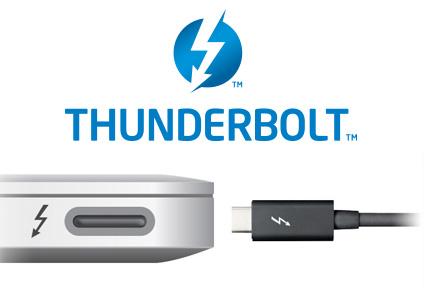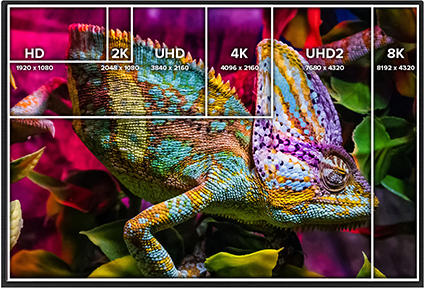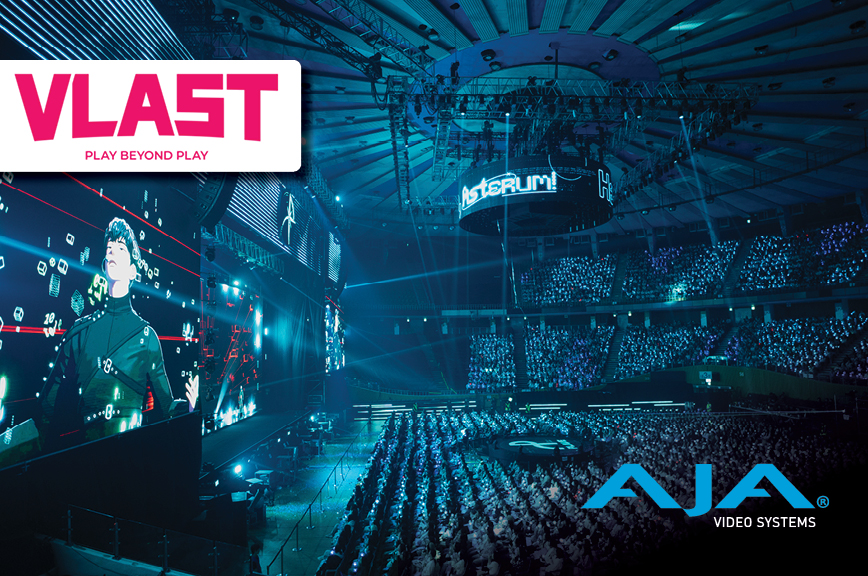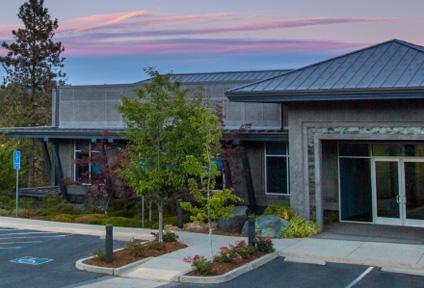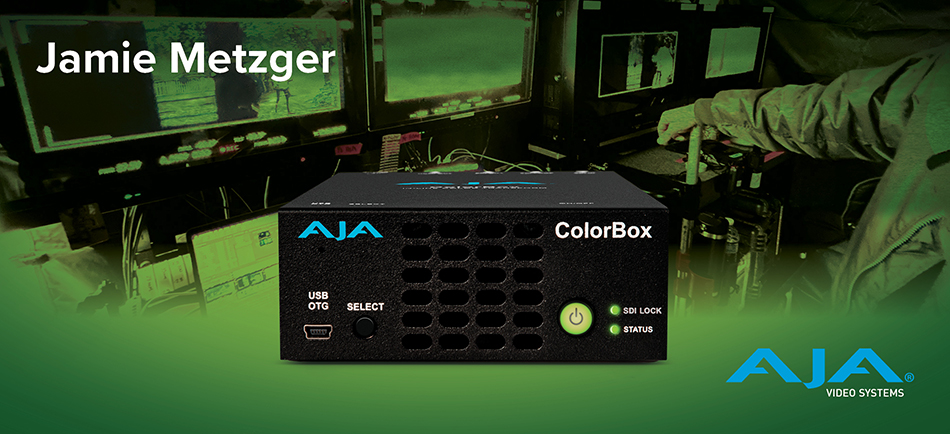Inside the Life of DIT Jamie Metzger
April 17, 2023
No day is quite alike for the average digital imaging technician (DIT), with new camera, monitor, and color grading technology constantly changing the game. We spoke with seasoned DIT Jamie Metzger about his work, including his use of AJA ColorBox for live grading 4K HDR projects.
How’d you get into the media and entertainment business?
I’ve been a DIT for 13 years but started working on set when film was still the standard, just before the RED One launched. I had a background in computer science, so I quickly found a passion for camera data and became a second assistant camera (AC), then first AC. With time, I gravitated naturally to the DIT side of things. Now, I bounce between long-form feature, episodic, and commercial projects depending on the cinematographer I’m working with.
Describe an average day on the job.
That’s tough because no day is the same. I’m not made to work in an office, so I love that aspect of being a DIT. My job is to look at the shoot environment (i.e., location, stage, etc.) and think about the best equipment and workflow to get the job done, and how I’ll do it. Providing video picture is my priority on any project; I’m dead in the water without it. I need to be able to get a picture up from any camera as fast as possible. Even if the camera is pointing to the sky or a gray wall, it gives the on-set team comfort to know the picture is there, and they’re not going to have to wait on it. Then, I start to work on achieving the right exposure, and camera settings (camera control), and color matching the cameras. My workflow, however, varies based on the project. I just live graded a 4K HDR film project that required 4K HDR and HD SDR monitoring that challenged me in new ways.
What challenges do you encounter in your line of work?
On-set monitoring has come a long way, but there are still kinks to work out in terms of display weight. Right now, you see a lot of DIT carts housing 65-pound monitors designed for a post suite. Staying on top of monitoring and data technology is also a job in and of itself. We have monitoring tools that we’ve grown accustomed to, but now, the technology is in a state of purgatory. Every DIT is waiting for the next 5+ year monitor, so we can settle into 4K/HDR monitoring.

Time is also always a battle. Running tests and keeping up with the most current hardware and software takes time, especially since new monitoring technology is always coming on the market. I must understand it, and also be able to teach people around me about it. These conversations are often welcome during lunch breaks or at wrap, but they are more difficult to start on set. It’s all about trying to find the right time to provide counsel on the tech.
Tell us more about the 4K HDR project you mentioned.
I just wrapped a long-form project where I was live grading a 4K HDR signal. There were a lot of uncertainties with the new workflow, and I had the head of post working with me as I was working through it all. We had a 4K HDR and an HD SDR cart. For the 4K HDR cart, we ran 4K BNC cables from ARRI ALEXA 35 cameras straight to two AJA ColorBox devices controlled by Pomfort Live Grade Studio for live dynamic grading. The output was fed through the ColorBox units into two Sony HX310 4K HDR monitors. We live graded LogC4 from the camera with a color transform provided by the client with SDR and HDR options. The HDR LUTs had 300, 600, and 1000 NIT roll-offs, which were great to audition on set.

Why would a production opt for 4K HDR live grading?
4K HDR live grading is still coming into its own, largely because it’s more cumbersome than HD SDR grading. That said, it lets you catch more issues ahead of time. In 4K, for instance, judging focus is much better. With an HD monitor, you might see some peaking, but a 4K monitor allows you to get in close and see things you couldn’t with an HD monitor. On my last shoot, a shot looked sharp in HD, but when I reviewed it on the 4K monitor, it wasn’t. With 4K, costume patterns and textures also appear with less moiré because the pixels on-camera are shooting with extra sharpness. HDR can improve your exposure. If you’re shooting inside a bar, the windows in SDR can look blown out, and as a DIT, that’s the last thing you want. With HDR, the higher dynamic range and nit values allow you to see more. You can see more details outside the windows, and any necessary fixes are much simpler than with SDR.
What role does AJA ColorBox play on a project like this?
When I’m on a long-form project, live grading is only one aspect of my job. I also gather and manage reference stills. My DIT cart is usually DC-powered, and I love that I can power my ColorBoxes via my DC battery, so they’re up and running at the start of the day. ColorBox also makes setup with Live Grade Pro straightforward; there are no surprises. It may sound simple, but when setting up your equipment, every roadblock can be frustrating, so it’s nice to know that I can count on the ColorBoxes to just work. They help give me a clear picture so I can more easily create references, live grade, and make camera and exposure adjustments. AJA Product Manager Tim Walker was a great resource during the shoot to help answer questions and receive feedback.
What are the main considerations when you invest in new gear for your DIT cart?
When I integrate any product into my workflow, support and intuitive setup are major factors. With ColorBox, for instance, I love that I can get AJA on the phone, talk to support, and they help me solve any challenges. I’d previewed ColorBox and worked with DITs to provide feedback on the device in beta form, and knew it was solid. AJA did such a good job with the initial ColorBox build; it just works, allowing me to live grade 4K HDR signals. It’s also so plug-and-play with any HDR monitors I use. Any other features they add are just icing on top of the cake. Customer support is incredibly important for me when considering new purchases.
About AJA ColorBox
AJA ColorBox is a portable, high-performance converter for color managed workflows designed to specifically meet the conversion needs of broadcast, live events, and on-set applications. Supporting Standard Dynamic Range (SDR), High Dynamic Range (HDR), and Wide Color Gamut (WCG) signals, it utilizes 12G-SDI and HDMI 2.0 for single wire 4K/UltraHD HDR up to 4:2:2 10-bit 60p or 4:4:4 12-bit 30p with a unique color processing pipeline. ColorBox includes processing pipeline modes from Colorfront and NBCU LUTs, as well as the powerful AJA Color Pipeline. ColorBox also expands its capabilities by offering licensable upgrade options for advanced color managed workflows, including BBC HLG LUTs and the ORION-CONVERT engine. www.aja.com/colorbox
About AJA Video Systems
Since 1993, AJA Video Systems has been a leading manufacturer of video interface technologies, converters, digital video recording solutions and professional cameras, bringing high quality, cost effective products to the professional broadcast, video and post production markets. AJA products are designed and manufactured at our facilities in Grass Valley, California, and sold through an extensive sales channel of resellers and systems integrators around the world. For further information, please see our website at www.aja.com.
All trademarks and copyrights are property of their respective owners.
Media Contact:
Katie Weinberg
Raz Public Relations, LLC
310-450-1482, aja@razpr.com
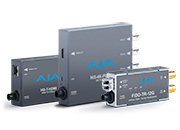 Mini-Converters
Mini-Converters
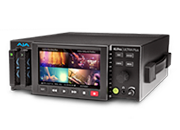 Digital Recorders
Digital Recorders
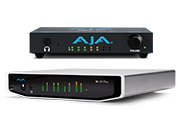 Mobile I/O
Mobile I/O
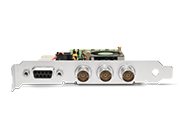 Desktop I/O
Desktop I/O
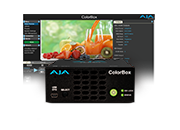 Color
Color
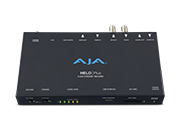 Streaming
Streaming
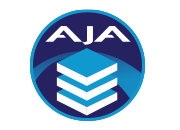 AJA Diskover ME
AJA Diskover ME
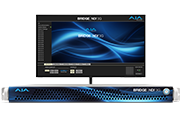 IP Video
IP Video
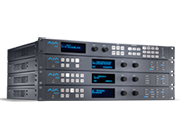 Frame Sync
Frame Sync
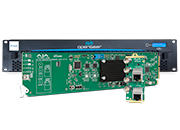 openGear
openGear
 Routers
Routers
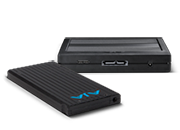 Recording Media
Recording Media
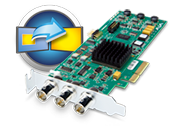 Developer
Developer
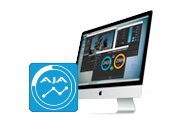 Software
Software
